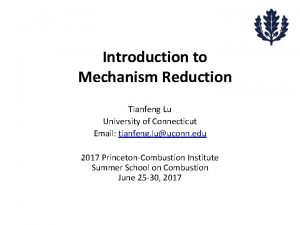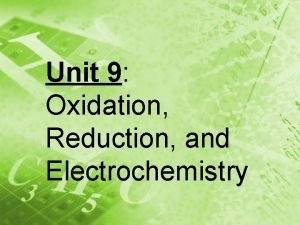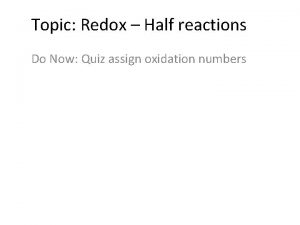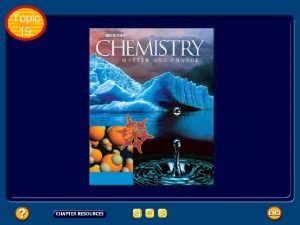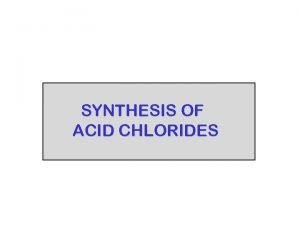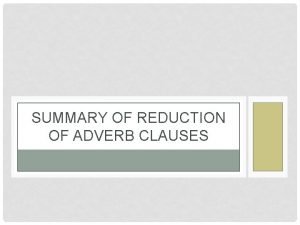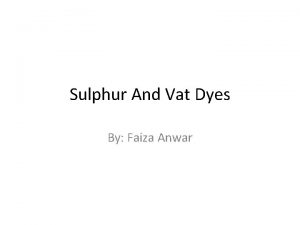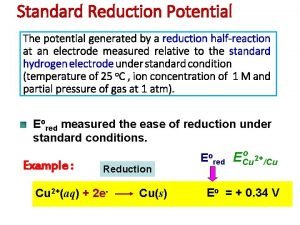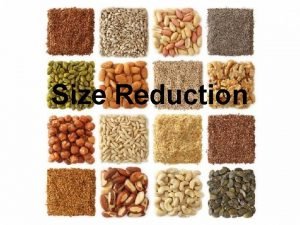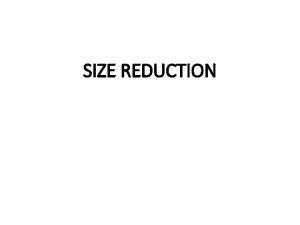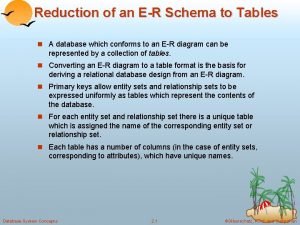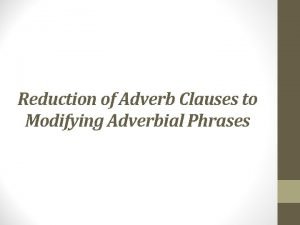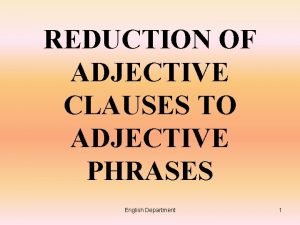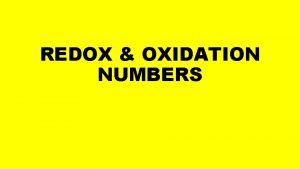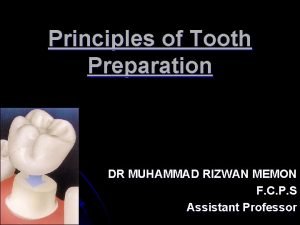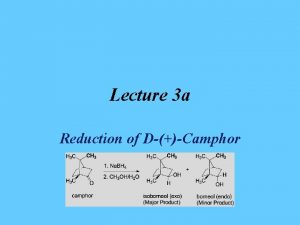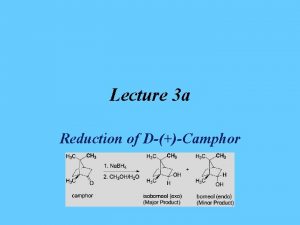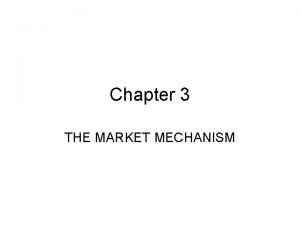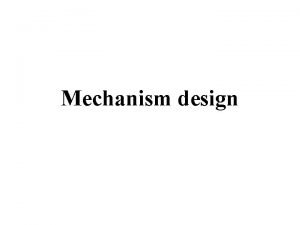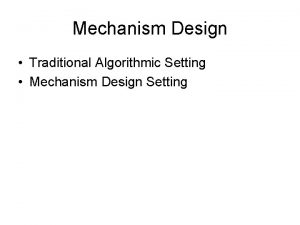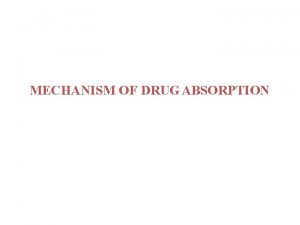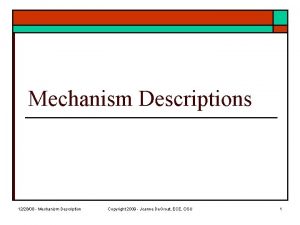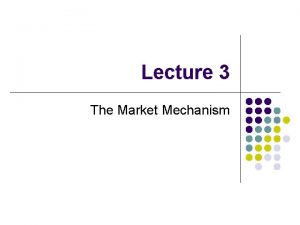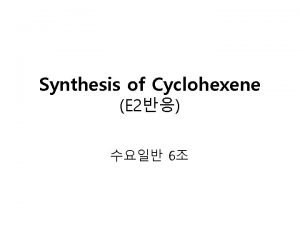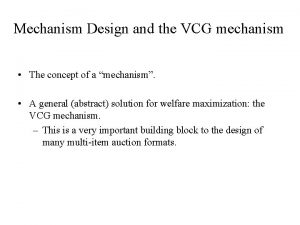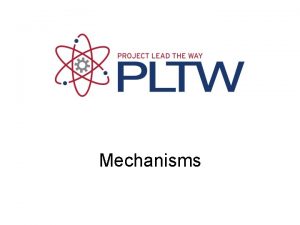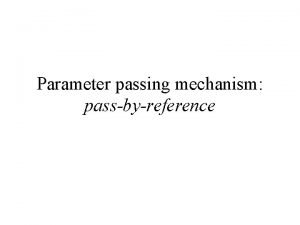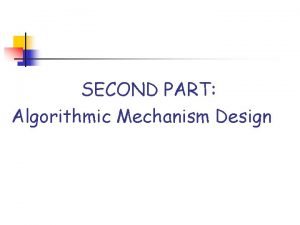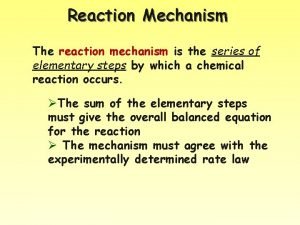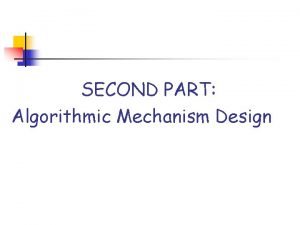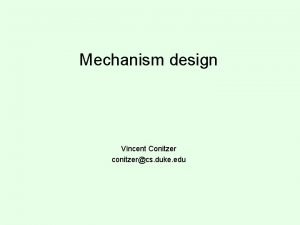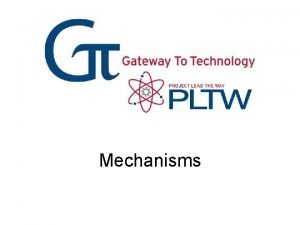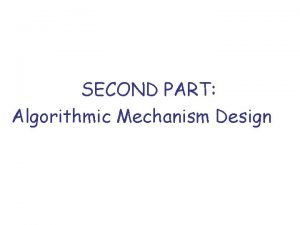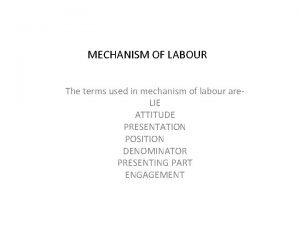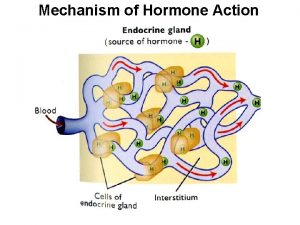Introduction to Mechanism Reduction Tianfeng Lu University of


























- Slides: 26

Introduction to Mechanism Reduction Tianfeng Lu University of Connecticut Email: tianfeng. lu@uconn. edu 2017 Princeton-Combustion Institute Summer School on Combustion June 25 -30, 2017

Need for detailed Kinetics: Example: H 2 -O 2 Chemistry Species: H 2, O 2, H 2 O, (Major species); H, O, OH, HO 2, H 2 O 2 (Radicals) Reactions Pressure No. Nonexplosive Explosive Temperature Detailed chemistry are crucial for: Ignition, extinction, instabilities …

Need of Realistic Chemistry – Fuel chemistry substantially affects flame dynamics – Accurate chemical kinetics needed to predict flame behaviors Ex 1: Negative Temperature Coefficients (NTC) Ex 2: Combustion “S”-curves

Computers and Numerical Combustion ENIAC, 1946 https: //en. wikipedia. org/wiki/ENIAC Sunway Taihu. Light, >10 million cores, 125 Peta. FLOPS (Peak) https: //www. top 500. org/news/china-tops-supercomputer-rankings-with-new-93 -petaflop-machine/

Scaling of Detailed Chemistry • Detailed mechanisms are large • Transportation fuels: ~103 species ~104 reactions • Flame simulations with detailed chemistry are time -consuming or unaffordable • The excessive output data renders it difficult to identify the controlling physicochemical processes (Lu & Law, PECS 2009)

The Law of Mass Action • For a reaction in general form 1’M 1 + 2’M 2 + … + K’MK -> 1”M 1 + 2”M 2 + … + K”MK • The reaction rate of the reaction is given by • For example: – 2 A + B -> products – A + B C + D • Calculation of reverse rate

Reaction Rates of Multi-Reaction Systems • For a system with the following reactions i, 1’M 1 + i, 2’M 2 + … + i, K’MK i, 1”M 1 + i, 2”M 2 + … + i, K”MK • The rate for the ith reaction is: • In matrix form: i=1, …I

Identification of Important Pathways • Reaction rates are determined by temperature and species concentrations (T, C), i. e. local reaction states • Different reaction pathways are controlling at different reaction states • Any mechanism reduction is specific to a target set of reaction states – Important reactions cannot be identified without concentration information, i. e. only using the rate parameters or potential surface information – Reaction state sampling from representative reactors is required for reduction • Reactors for reaction state sampling – – Auto-ignition Perfectly stirred reactors (PSR) 1 -D laminar flames Turbulent flames?

Sampling from Auto-ignition Methane-air, f = 1. 0, p = 1 atm • • • Methane-air, f = 1. 0, p = 1 atm, T 0 = 1200 K Auto-ignition typically involves radical explosion and thermal runaway stages The radical explosion is slow (in milliseconds), and typically dominates ignition delay time Thermal runaway is typically much faster (in microseconds) Radical explosion stage can be bypassed in (laminar and turbulent) flames for fast burning Sample reaction states from auto-ignition are representative for ignition chemistry, important for compression ignition engines, detonation waves etc.

Sampling from PSR S-curve response of PSR extinction point Ignition point • • PSR and other continuous flow reactors feature S-curve responses The turning points are corresponding to extinction and ignition states The extinction state is determined by how fast chemistry can be The states from the upper and middle branches are representative to flame chemistry, important for spark ignition engines, jet engines, flame holding etc.

Reaction States in Different Flames DNS of premixed C 12/air flame by Alexei Poludnenko

Numerical Solution of Multi-Dimensional Flows •

ODE Form of the Discretized Equations • y: vector of dependent variables, e. g. T and species concentrations

Limiting Factors for Solving the Reactive Scalars •

The Strang Splitting Scheme •

The Time Complexity of Chemistry Solvers • Time complexity of major components: – Chemistry: ~ I ~ 5 K (I: # of reactions, K: # of species) – Jacobian (brute force): ~ KI ~ 5 K 2 – Diffusion (mixture average): ~ K 2/2 • Reducing K and I is an obvious approach to accelerate combustion simulations – mechanism reduction • Implicit solvers (Jacobian, chemistry, diffusion) – Time steps typically limited by the CFL condition – timp ~ KI + K 2/2 ~ 10 K 2 + 10 K + K 2 – Most effective acceleration approaches: analytic Jacobian, sparse Jacobian techniques, reduced diffusion models • Explicit solvers (chemistry, diffusion) – Time steps limited by the shortest chemical timescale – texp ~ I + K 2/2 ~ 10 K + K 2 – Most effective acceleration approaches: chemical stiffness removal, reduced diffusion models

The Chemical Jacobian • Needed in Newton solvers for steady state systems (e. g. PREMIX), and implicit integration solvers • Jacobian evaluation and factorization is the most expensive step in many combustion simulations y: vector of variables, e. g. species concentration

Sparse Species Couplings in Detailed Chemistry Species n-heptane (LLNL, 561 species) Species Black pixel: a pair of directly coupled species, appearing together in any reaction

Advanced Chemistry Solvers Explicit solvers Reaction rates O(K) Implicit solvers Mixture-averaged diffusion, O(K 2) Jacobian O(K 2) Reduced diffusion models O(1) Analytic Jacobian O(K) LU factorization O(K 3) Sparse LU O(K) Stiffness must be removed ! • Both implicit and explicit solvers can achieve linear scaling, i. e. O(K), for computational cost

Approaches for Mechanism Reduction • Skeletal reduction – Sensitivity analysis – Principal component analysis – Graph based methods, e. g. direct relation graph (DRG) • Timescale based reduction – – – Quasi steady state approximations (QSSA) Partial equilibrium approximations Rate controlled constrained equilibrium Intrinsic low dimensional manifold (ILDM) Computational singular perturbation (CSP) … • Hy. Chem • Other methods – – Tabulation, e. g. in situ adaptive tabulation Optimization Solver techniques …

A Systematic Model Reduction Approach Sample reduced mechanisms: CH 4 (GRI 3. 0): 53 19 species C 2 H 4 (USC Mech II): 75 22 species DME (Zhao et al): 55 30 species Ethanol (Mittal et al): 145 28 species n-Heptane (LLNL): species 561 52 iso-Octane (LLNL): species 874 99 PRF (LLNL): species n-Dodecane (LLNL): 2115 106 species Biodiesel (LLNL): species 1271 116 3299 115 Download at (Lu & Law PECS 2009) http: //www. engr. uconn. edu/~tlu/mechs

A Sample Simulation: A Lifted Biodiesel Jet Flame (RANS & LES) Lifted biodiesel jet flame at diesel engine conditions (CONVERGE) Detailed (LLNL): 3329 species, 10806 reactions 115 -species skeletal mechanism with low-T chemistry Surrogate: MD+MD 9 D+C 7 3 ms ASI, Ta = 1000 K OH-chemiluminescence (Sandia data) Luo et al, Fuel 2012 Experiment: Pickett et al Som et al, JERT 2012

Dynamic Chemical Stiffness Removal (DCSR) (Lu et al, CNF 2009) • • Mechanisms are still stiff after skeletal reduction & global QSSA Implicit solvers needed for stiff chemistry – Cost in evaluation of Jacobian ~ O(K 2) – Cost in factorization of Jacobian ~ O(K 3) • Idea of DCSR – Chemical stiffness induced by fast reactions – Fast reactions results in either QSSA or PEA, Classified a priori Analytically solved on-the-fly • Explicit solver can be used after DCSR – Time step limited by CFL condition – Cost of DNS: ~ O(K) • Typically applicable to compressible flows with time steps < ~20 ns (Measured with S 3 D)

A Sample DNS with Non-Stiff Reduced Chemistry 3 -D lifted ethylene jet flame (Yoo et al, PCI, 2011) 22 -species, non-stiff (from USC Mech II) Re = 10, 000 Scalar Dissipation Mixture Fraction Rate 1. 3 billion grid points 14 million CPU hours DNS by C. S. Yoo Volume rendering by H. Yu at Sandia HO 2 CH 3 CH 2 O

The Hy. Chem Approach for High-T Combustion (Hai Wang & Colleagues) • Fuel cracking through beta-scission is fast at high-T conditions • Pyrolysis products (C 0 -C 4) ratecontrols high-T oxidation • Fuel cracking can be approximated as semi-global steps • Fuel cracking product ratios (CH 4, C 2 H 4, C 3 H 6 …) are not sensitive to flame conditions and can be determined with experimental data 2 -methylalkanes (LLNL) 7209 species 31102 reactions • Reduced Hy. Chem models for real jet fuels: < 35 species controlling species at high-T

A New Chemistry Solver: Dynamic Adaptive Hybrid Integration (AHI) (Gao et al. , CNF 2015; Xu et al. , CNF 2016)
 Email @tianfeng.com
Email @tianfeng.com 沈榮麟
沈榮麟 Essay structure
Essay structure Wsjf how it works
Wsjf how it works Arousal theory ap psychology
Arousal theory ap psychology Drive reduciton theory
Drive reduciton theory Parvin's method
Parvin's method Which identifies an oxidation-reduction reaction?
Which identifies an oxidation-reduction reaction? Reduction translation technique examples
Reduction translation technique examples Oxidation-reduction quiz
Oxidation-reduction quiz Topic 19
Topic 19 Pengertian dari drive reduction theory tentang motivasi
Pengertian dari drive reduction theory tentang motivasi Dibal h reaction
Dibal h reaction Complex sentence with a reduced adverb clause
Complex sentence with a reduced adverb clause Difference between sulphur and vat dyes
Difference between sulphur and vat dyes Arousal theory of motivation
Arousal theory of motivation Standard reduction potential
Standard reduction potential Size separation objective
Size separation objective Apa yang dimaksud dengan pengecilan ukuran
Apa yang dimaksud dengan pengecilan ukuran Cutter mill works on which mechanism
Cutter mill works on which mechanism Risk avoidance
Risk avoidance Restraint reduction network
Restraint reduction network Reducing er diagram to tables
Reducing er diagram to tables Reduced adverb clause
Reduced adverb clause Changing adjective clause to adjective phrase
Changing adjective clause to adjective phrase How do oxidation numbers work
How do oxidation numbers work Overinclination
Overinclination
